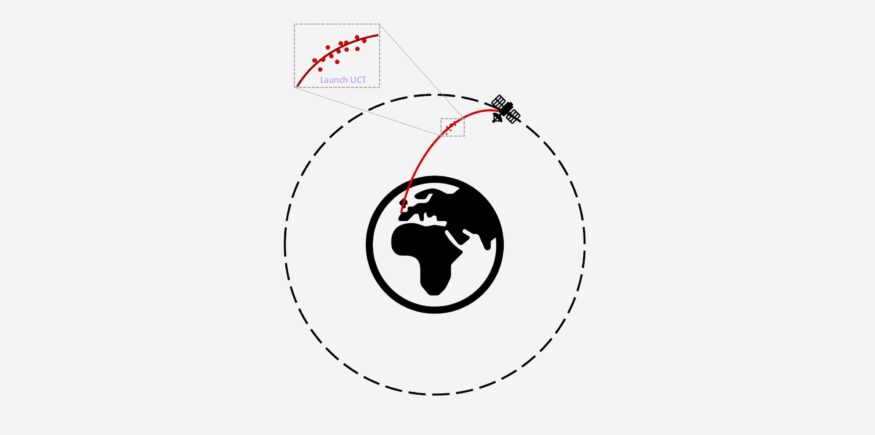Launch Identification with Bayesian AI
As space activity accelerates, so too does the challenge of monitoring it. Many launches are announced and tracked in advance, but not all. Non-cooperative launches, those that appear without prior declaration or warning, pose a particular problem for space operators. They may be commercial, scientific, or governmental in origin, yet in every case, they need to be assessed quickly to ensure the safety of satellites and other orbital assets.
The Spaceflux Launch Identification Project, hosted by the SDA Tap Lab accelerator, is tackling this challenge head-on. By combining large-scale orbital simulations with advanced Bayesian AI techniques, the project is developing a system that can identify and characterise unexpected launches in near real time.
Learning from Simulated Scenarios
The project begins with the generation of tens of millions of simulated launch trajectories, covering an extensive parameter space: launch sites, ascent profiles, vehicle characteristics, and observational conditions. Each simulated launch is paired with synthetic sensor data to reflect how these events might be observed in practice, accounting for noise, partial tracking, and varied observation lengths.
Bayesian AI methods are then used to analyse these simulated cases. Instead of giving a single “best guess”, the system outputs full probability distributions over possible origins and outcomes. For example, given a new track, the system can estimate with confidence whether it most likely came from a known launch site, or whether it matches the behaviour of an already resident space object.
Speed and Architecture
The architecture underpinning the Launch Identification Project combines powerful neural networks, including transformers and normalising flows, to process trajectory data. Once trained, the model can interpret new tracks in milliseconds, making it far more responsive than traditional statistical techniques, which often take hours to converge.
First Results
Initial validation shows that the system can already extract meaningful insights from simulated scenarios. In one test, it successfully constrained the likely launch latitude and longitude of a non-cooperative trajectory, producing confidence intervals that aligned closely with the simulated truth. In another, it showed that a launch had no significant probability of proximity to satellites of interest, allowing operators to rapidly classify it as non-threatening.
This emphasis on probability distributions rather than single-point predictions provides analysts with a more nuanced, evidence-based picture of unfolding events.
Why This Matters
Space traffic management is no longer a theoretical concern, it is a daily necessity. The rapid identification of non-cooperative launches is central to ensuring safe operations, reducing the risk of misinterpretation, and maintaining stability in an increasingly complex orbital environment.
The Launch Identification Project demonstrates how physics-based simulation, combined with Bayesian AI, can make space situational awareness faster, more robust, and more adaptable. With the support of the SDA Tap Lab accelerator, this work is helping to shape the future of space domain awareness, ensuring operators are prepared for the unexpected.





